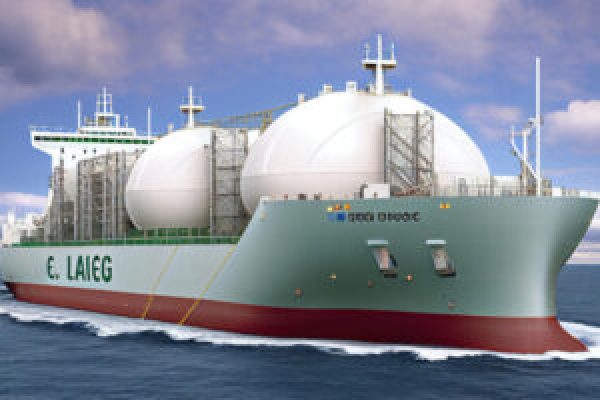
The most important feature of gas carriers is their Cargo Containment System. Cargo Containment Systems is the general arrangement of gas carriers. They are designed on the basis of functionality and the type of cargo they carry. Gas carriers are categorised into the following types:
INTEGRAL TANKS: They form a primary structural part of the ship and are influenced by the loads coming onto the hull structure. They are mainly used in cases when LPG is to be carried in different atmospheric conditions. For example: Butane.
INDEPENDENT TANKS: These tanks are self supporting in nature and they do not form an integral part of the hull structure. Hence, they do not contribute to the overall strength of the hull girder. Independent Tanks are categorised into 3 types:
- TYPE ‘A’ TANKS: These tanks are designed using the traditional method of ship structural design. LPG at near atmospheric conditions or LNG can be carried in these tanks. The design pressure of Type A tanks is less than 700 mBar.
- TYPE ‘B’ TANKS: The concept behind the design of such tanks is to have a structure in which a crack can be detected long before the actual failure. The most common arrangement of Type ‘B’ tank is Kvaerner-Moss Spherical tank. It enables space between the inner and outer hull and this can be used for ballast and provided protection to cargo in case of side-ward collision damages. The spherical shape allows even distribution of stress, therefore reducing the risk of fracture or failure.
- TYPE ‘C’ TANKS: These tanks are cylindrical and bi-loped in shape. These tanks are used both in LPG AND LNG carriers but its design is more dominant in LNG carriers. These tanks are designed as cryogenic pressure vessels, using conventional pressure vessel codes. The design pressure for these tanks is in ranges above 2000 mBar.
DID YOU KNOW?
A mBar(milibar) is 1/1000th of a bar and is the amount of force it takes to oe an object weighing a gram, one centimetre, in one second. At sea levels, standard air pressure in milibars is 1013.2.
To conclude, a lot of research is also being carried out to design advanced cargo containment systems and concepts of adjoining bunkering systems are being developed by various countries that are opening themselves to extensive use of natural gas.
Categories
Recent Post
-
Navigating Global Trade with Confidence: Why International Sea Freight Services Matter
-
Reliable and Scalable Transport Services in India
-
Streamline Your Global Shipping with Expert Sea Freight Forwarding Services!
-
Experience the Advantage of Comprehensive Global Air Freight Services.
-
Seamless Warehousing & Logistics Services That Power Your Supply Chain

